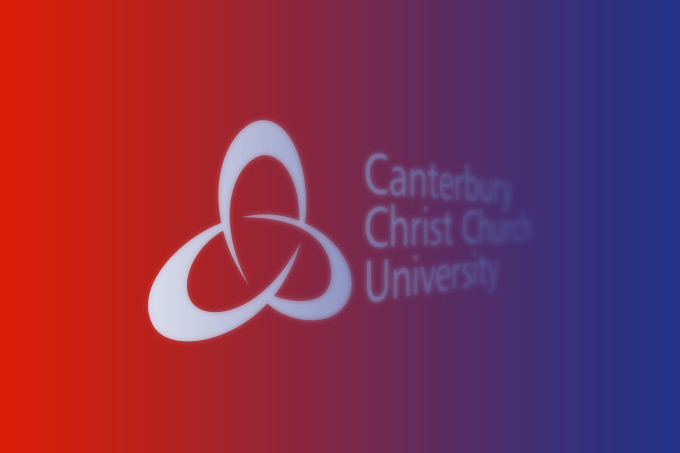This is the second in a series of five blog posts by Razia Shariff, a Doctoral candidate in the Politics and International Relations programme, as she conducts her field work on the Agency of Social Movements in Bangladesh.
By Razia Shariff (PhD candidate)
On the 5th February 2013, the second trial of one of the war criminals ended after a three year court case. Although the verdict was that the individual was guilty of a series of war crimes including murder and rape he was given life imprisonment, rather than the severest penalty for murder in Bangladesh which is the death penalty (as explained in my earlier blog capital punishment has human rights implications and although controversial there is a reasoning for life imprisonment as being seen as an opt out). On the day the verdict was announced a group of professionals and students gathered at Shahbag Square, in the heart of Dhaka the capital of Bangladesh, half a mile from the Dhaka University campus, outside the national museum, at a major crossroads in the City. They started protesting against the verdict of life rather than the death penalty, they asked people to join them through social media, informal networks and the media, and by the 8th February a huge gathering had developed, a festive day and night vigil to demand the appeal of the verdict.
The International Crimes Tribunal (ICT) model, set up in 2010 offered no right of appeal as it was based on the original model set up in the early 1970’s to try the war criminals in the newly independent Bangladesh, and updated to reflect more recent international war crimes tribunals across the world. With mounting public pressure, the Law Minister established a committee to review the model being used by the ICT to update it to include the right of appeal on the 6th February, and a proposal was sent to the Cabinet on the 10th February for consideration. On the 11th February there was a debate in parliament and on the 13th February a bill was tabled to amend the ICT Act to allow for appeal. When passed Bangladesh became the first example of a war crimes tribunal to allow the right of appeal.
A number of non violent actions were coordinated across the country including on the 12th February, as the numbers in Shahbag square mounted, a nationwide 3 minute silence to show solidarity for the protest, where schools, colleges, offices, shops, people on the streets all stopped what they were doing to show support for the Shahbag Movements demand for an appeal and justice. On the 15th February one of the main bloggers was killed outside his home, which lead to a black badge protest across the country, on the 17th February the Shahbag Movement coordinated a synchronised flag hoisting and singing of the national anthem across the country. On the 21st February (an historic day in Bangladesh for the Language Movement of 1952, when 4 students were killed by the Pakistan army for protesting against making Urdu the state language in Bengal) a mass rally was organised where one of the key coordinators of the Shahbag Movement announced a 6 point demand by the Shahbag Movement which included the banning and trial of Muslim political parties. This ushered in a new phase of the Shahbag Movement and a shift away from it being seen as a popular mass movement with the single demand of justice for the convicted war criminals. This second phase led to many religious political demonstrations and civil unrest which had to be contained and led to an end of the first festive phase of the Shahbag Movement. This first phase when the people spontaneously gathered and through collective action demanded the right of appeal to retry war criminals who were found guilty of crimes during the liberation war of 1971 is the main focus of my research. My research will try to understand the processes, actions and agency of the Shahbag Movement and its collective agency capabilities.
As these demonstrations were continuing, another ICT trial was underway, the verdict on the 27th February was the death penalty, this offered the Shahbag protesters a glimmer of hope that the ICT could be trusted to actually deliver justice against convicted war criminals. The amended law allowed for the right of appeal in retrospect of all cases of the ICT. The appeal for the second case, which had sparked the Shahbag Movement was upheld and a verdict of death was given on the 17th September and executed on the 12th December 2013.
My next blog will start with reflections of initial pilot interviews of those involved in the Shahbag Movement. I have now completed the groundwork and piloting for my case study research interviews on the Shahbag Movement so the next three monthly blogs from early February will be about my reflective insights from my interviews with activists, participants, supporters, commentators and observers of the movement.
 Politics
Politics Anna Vanaga
Anna Vanaga 438
438


